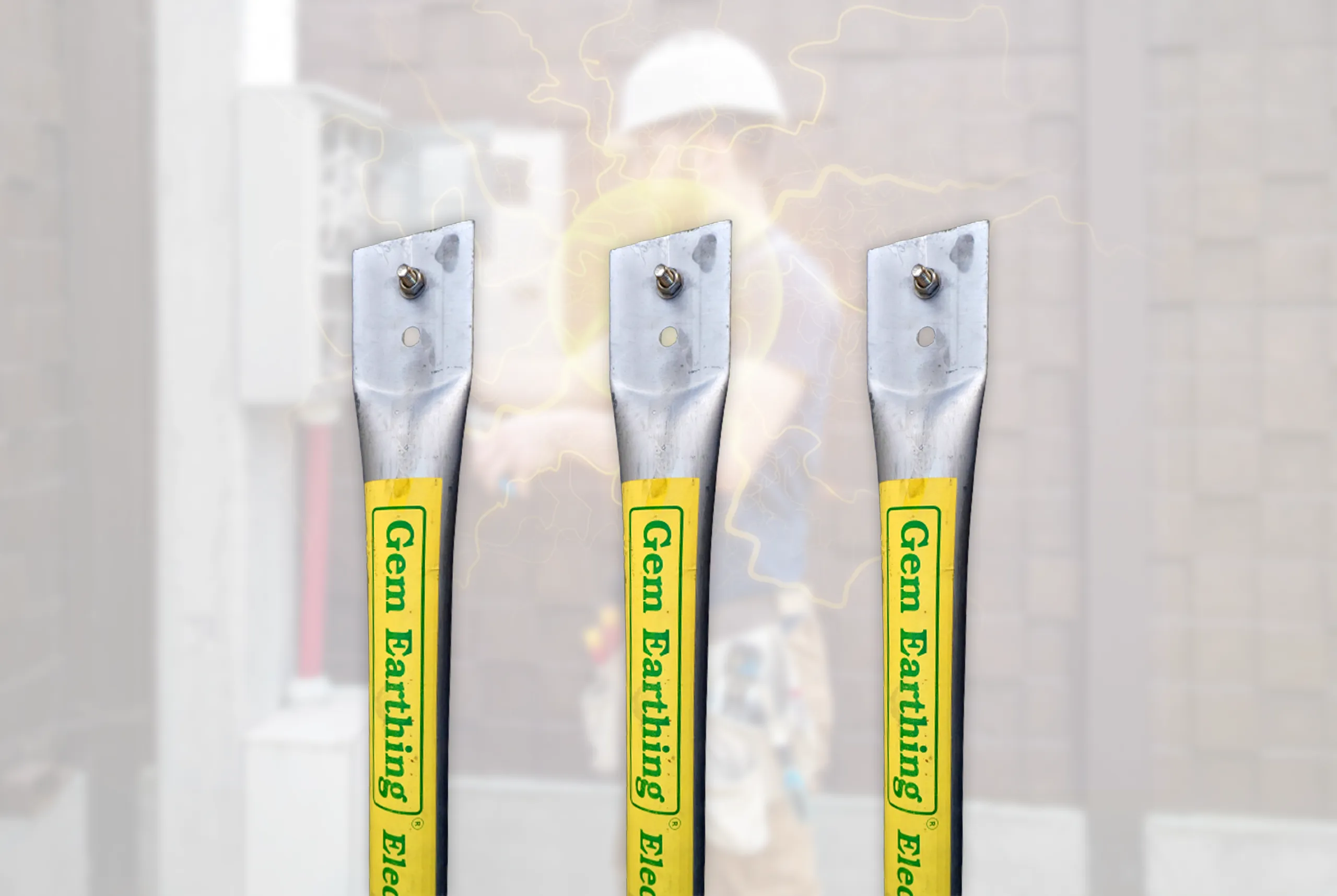HOME / G I EARTHING
What Is GI Electrode?
A GI electrode, also called a GI earthing electrode, is a galvanized iron rod or plate used in electrical grounding systems. It is buried in the ground and connected to the electrical system to create a safe path for fault currents. By dissipating electrical faults and preventing the buildup of hazardous voltages, the GI electrode ensures electrical safety and protects against electric shocks. On websites related to electrical engineering or construction, you can find more information about GI electrodes, including their features, installation methods, and advantages in electrical grounding systems.
Types of GI Earthing
- Single-pipe earth pits
- Pipe-in-pipe earth pits
- Pipe-in Strip Earth Pits
Features of GI Earthing
Corrosion Resistance :
GI earthing is resistant to corrosion, ensuring a long-lasting and reliable grounding system.
High Conductivity :
Galvanized iron has excellent electrical conductivity, allowing for efficient dissipation of fault currents into the ground.
Cost-Effective :
GI earthing is an affordable solution compared to other types of earthing systems available in the market.
Easy Installation :
The installation process of GI earthing is relatively straightforward, making it convenient for both new constructions and retrofitting.
Uses of GI Earthing
Electrical in GI Earthing:
The use of galvanized iron (GI) earthing is essential for maintaining the safety of electrical systems. It functions by creating a pathway with low resistance for any fault currents to be directed into the ground, effectively preventing the risk of electric shock accidents.
Lightning Protection in GI Earthing :
A well-installed galvanized iron (GI) earthing system serves as a crucial defense mechanism against the harmful currents generated by lightning strikes. It effectively disperses these currents, safeguarding buildings and equipment from potential damage and ensuring their protection..
Equipment Protection in GI Earthing:
By diverting transient currents and averting voltage surges, GI earthing plays a pivotal role in safeguarding sensitive electronic equipment. It acts as a protective measure, ensuring that any sudden and potentially harmful currents are redirected away from the equipment, thereby preventing damage and maintaining the integrity of the electronic devices.
Frequently Asked Questions
What is the purpose of GI earthing?
The purpose of GI earthing is to provide a safe path for fault currents to flow into the ground, preventing electric shock hazards and protecting electrical equipment.
How is GI earthing installed?
GI earthing can be installed by burying a GI plate, driving a GI pipe or rod into the ground, and connecting the electrical system to the earthing electrode.
What is the difference between plate, pipe, and rod earthing?
Plate earthing uses a buried GI plate, pipe earthing involves driving a GI pipe vertically into the ground, and rod earthing uses a GI rod. The choice depends on factors such as soil conditions, space availability, and the specific requirements of the electrical system.
Is GI earthing suitable for both residential and industrial applications?
Yes, GI earthing is commonly used in both residential and industrial applications due to its effectiveness, affordability, and ease of installation.
How often should GI earthing be checked or maintained?
It is recommended to conduct periodic inspections and maintenance of GI earthing systems to ensure their continued effectiveness. The frequency of maintenance can vary depending on factors such as the environment, soil conditions, and local regulations.
HI TECH EARTHINGS
Electrical Ground Earthing Solutions
34, SS Mill Road, Kattoor, Coimbatore – 641009, Tamilnadu, India




